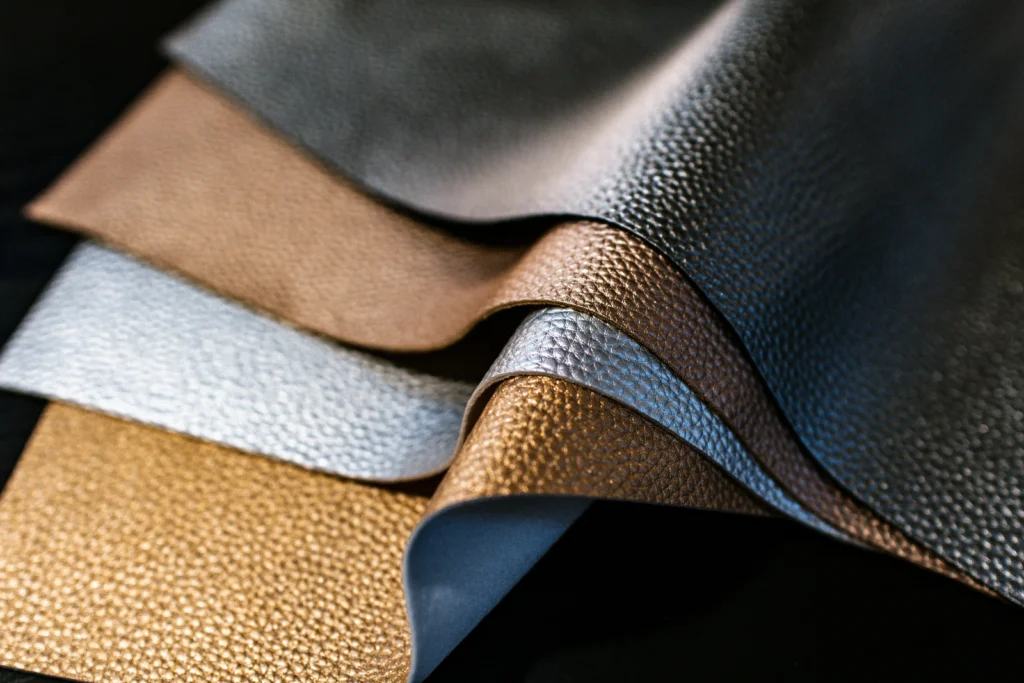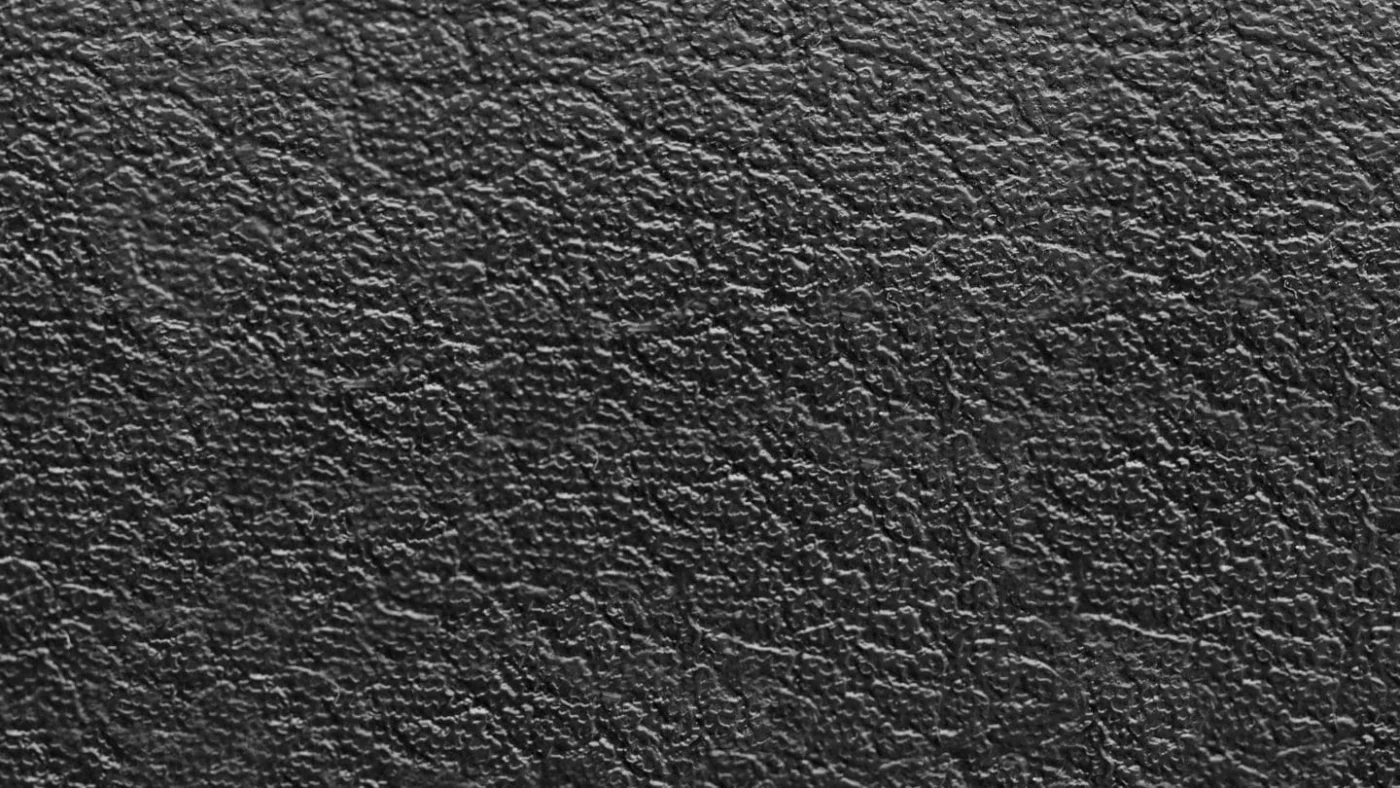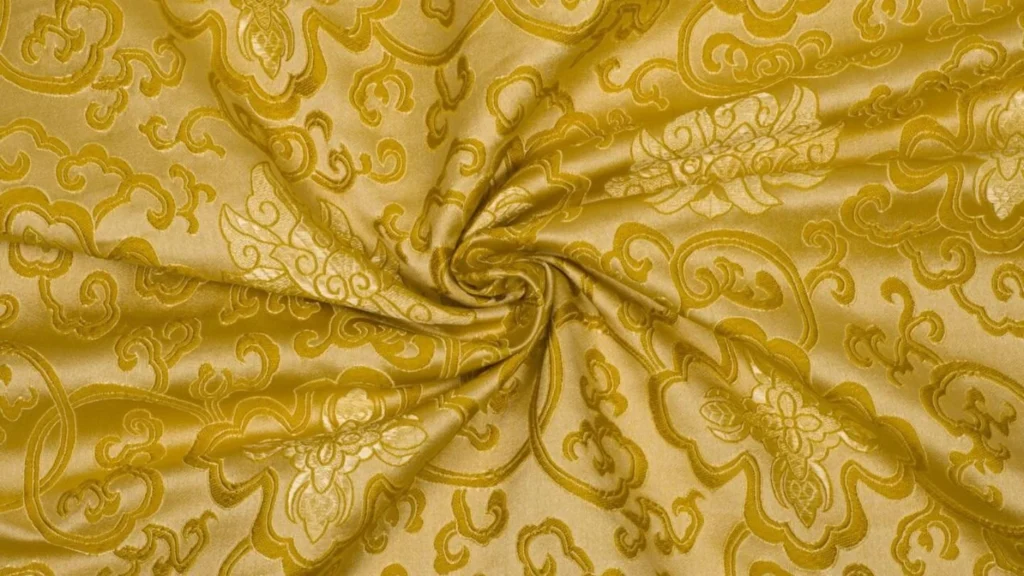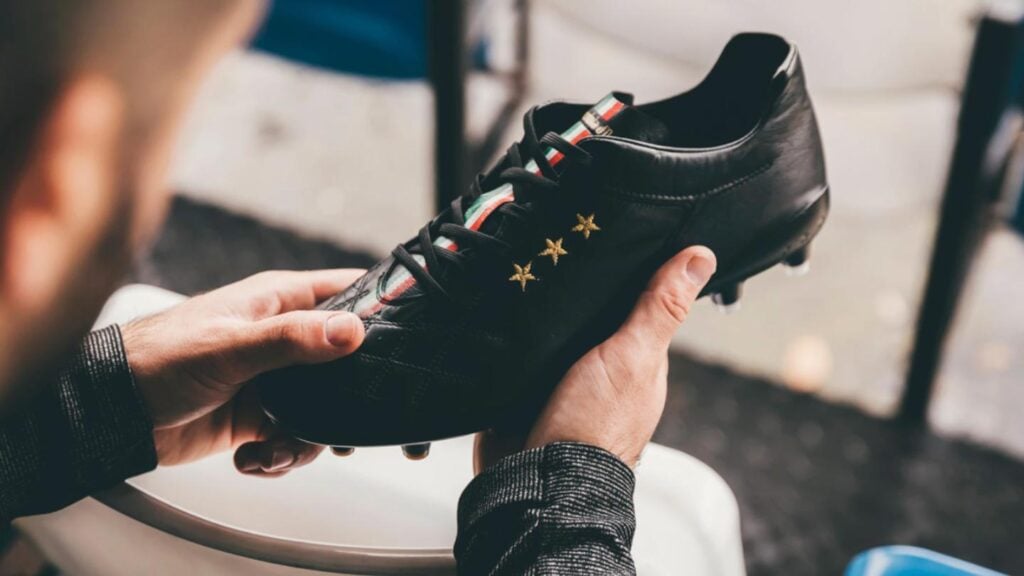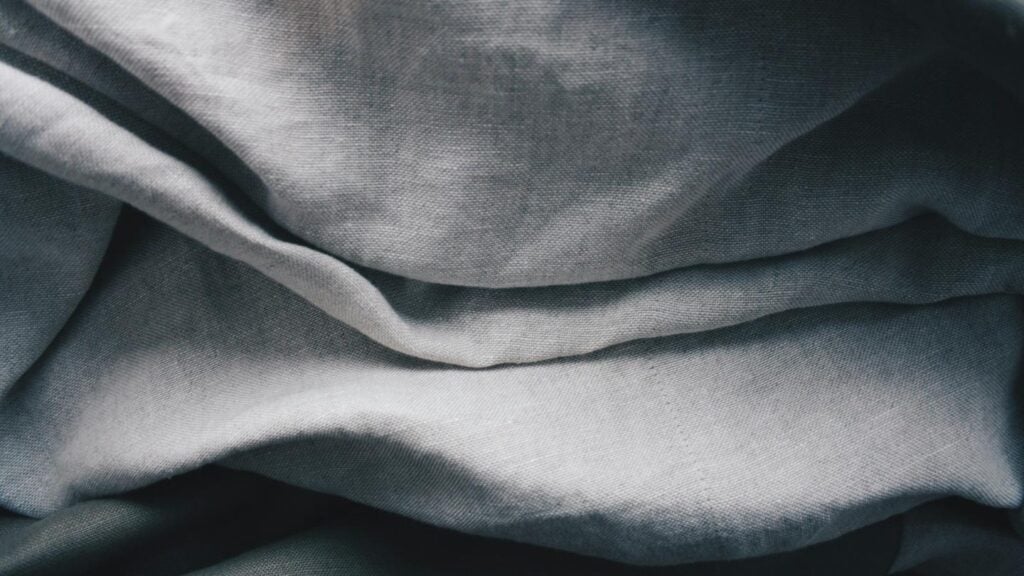2 – Benefits of Choosing Faux Leather
3 – Faux Leather vs Other Fabrics
4 – How Faux Leather Is Manufactured
5 – Common Uses in Fashion
6 – Understanding the Environmental Impact of Faux Leather
7 – Exploring Price Points and Value for Money
8 – Conclusion
9 – FAQs
What is Faux Leather?
Faux leather fabric, often referred to as synthetic or artificial leather, is a man-made material designed to closely imitate the look and feel of genuine leather without using animal hides. Unlike traditional leather, which comes from the tanning of animal skins, faux leather is crafted from various synthetic fibers and coatings. This innovative fabric offers a versatile and affordable alternative that caters to fashion, upholstery, and accessory industries.
Key aspects to understand about faux leather fabric include:
- Composition: Typically made from a base fabric such as polyester or cotton, coated with polyurethane (PU) or polyvinyl chloride (PVC) to create a durable, leather-like surface.
- Appearance & Texture: Advanced manufacturing techniques allow faux leather to mimic the grain, texture, and sheen of real leather, often indistinguishable to the casual observer.
- Durability: Many types of faux leather resist water, stains, and scratches better than genuine leather, making them practical for everyday use.
- Animal-Friendly: Because it does not use animal skins, faux leather is considered a cruelty-free and vegan-friendly material.
- Cost-Effective: Faux leather generally costs less than real leather, making it accessible for a wider range of products and consumers.
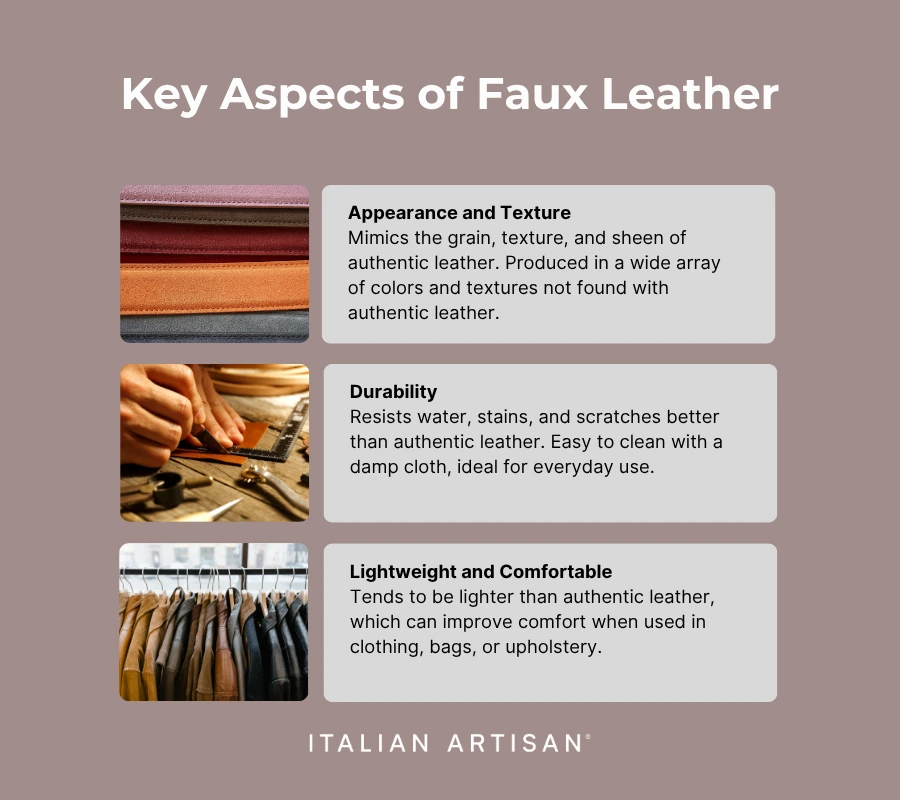
Benefits of Choosing Faux Leather
Choosing faux leather fabric offers a range of compelling benefits that have made it a popular alternative to genuine leather in fashion, furniture, and accessories. Understanding these advantages helps explain why both consumers and designers increasingly favor this material:
- Ethical and Animal-Friendly: Faux leather is cruelty-free, making it an ideal choice for vegans and anyone concerned about animal welfare. It eliminates the need for animal hides while still delivering a stylish leather look.
- Cost Efficiency: Compared to real leather, faux leather is significantly more affordable. This cost advantage allows brands to offer trendy, leather-like products at accessible price points without sacrificing aesthetic appeal.
- Versatility in Design: Faux leather can be produced in a wide array of colors, textures, and finishes that real leather can’t easily achieve. This flexibility lets designers experiment with bold styles and innovative patterns.
- Durability and Maintenance: Many faux leathers resist stains, scratches, and fading better than natural leather. They are also easier to clean—usually requiring just a simple wipe with a damp cloth—making them practical for everyday use.
- Water Resistance: Unlike genuine leather, which can absorb moisture and degrade over time, faux leather’s synthetic surface often repels water, enhancing longevity in humid or wet conditions.
- Environmentally Conscious Options: Newer forms of faux leather use eco-friendly production methods and materials, reducing environmental impact compared to traditional leather tanning processes that involve toxic chemicals.
- Lightweight and Comfortable: Faux leather tends to be lighter than real leather, which can improve comfort when used in clothing, bags, or upholstery.
Faux Leather vs Other Fabrics
When choosing materials for fashion, upholstery, or accessories, understanding how faux leather fabric compares to other common fabrics can help make informed decisions. Faux leather offers unique qualities that set it apart, but it also has differences to consider relative to natural and synthetic textiles:
- Compared to Genuine Leather:
- Appearance & Texture: Faux leather mimics the look and feel of real leather but is generally more uniform in texture, without the natural imperfections found in genuine hides.
- Cost & Maintenance: Faux leather is much more affordable and easier to clean, as it doesn’t require conditioning or special treatments.
- Durability: While real leather can develop a beautiful patina over time, faux leather is more resistant to scratches and water damage but may crack or peel with prolonged wear.
- Compared to Cotton or Linen:
- Water Resistance: Unlike breathable natural fabrics like cotton and linen, faux leather is water-resistant, making it better suited for products exposed to moisture.
- Flexibility: Cotton and linen offer superior breathability and softness, which is advantageous for comfort in apparel, whereas faux leather tends to be less breathable but provides a sleek, polished look.
- Compared to Polyester or Nylon:
- Texture & Aesthetic: Polyester and nylon are smooth synthetic fabrics often used in activewear but lack the luxurious, leather-like texture that faux leather provides.
- Durability: Faux leather’s coated surface gives it greater resistance to wear and tear compared to many woven synthetics, which can fray or pill.
- Compared to Velvet or Suede:
- Maintenance: Velvet and suede require delicate care and can stain easily, while faux leather is generally low-maintenance and more durable in everyday use.
- Look & Feel: Faux leather has a glossy, sleek finish, contrasting with the soft, matte texture of velvet and suede, offering distinct style choices depending on the desired aesthetic.
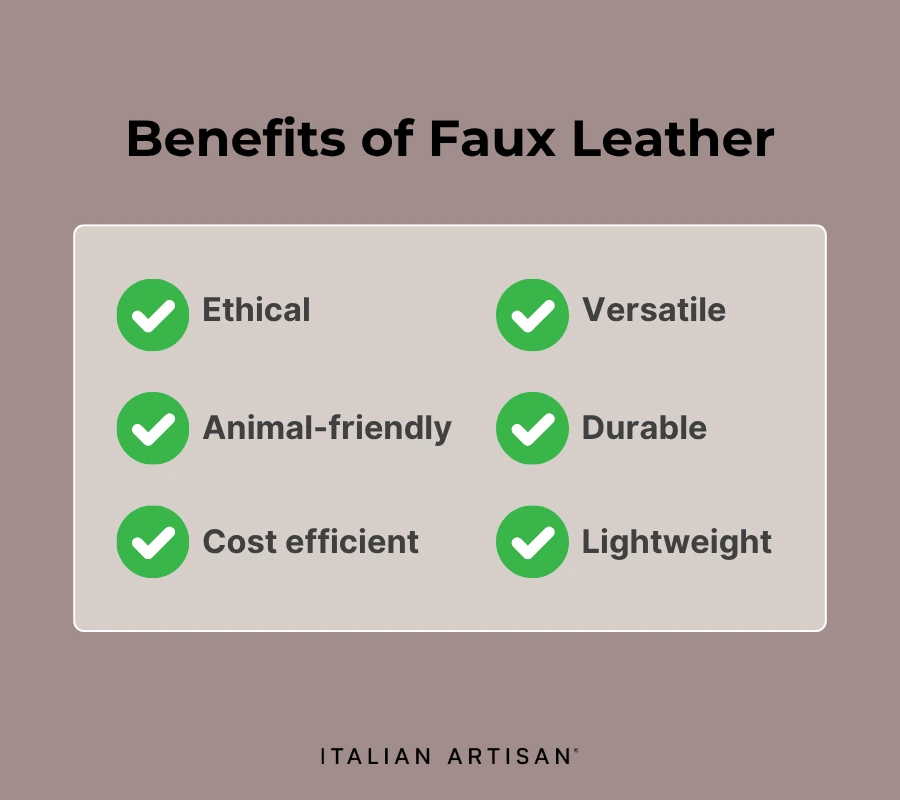
How Faux Leather Is Manufactured
The manufacturing of faux leather fabric involves a combination of textile engineering and chemical processes designed to replicate the texture, appearance, and durability of genuine leather. Although variations exist depending on the type and quality, the most common methods include coating a base fabric with synthetic polymers to create the signature leather-like surface. Here is an overview of the key steps involved:
- Selecting the Base Fabric:
The foundation of faux leather is typically a woven or knitted textile made from polyester, cotton, or a blend. This base provides strength, flexibility, and shape retention. - Applying the Polymer Coating:
- The base fabric is coated with either polyurethane (PU) or polyvinyl chloride (PVC), two widely used synthetic materials.
- PU offers a softer, more breathable, and flexible finish, often preferred in fashion applications, while PVC tends to be thicker, more rigid, and highly water-resistant, commonly used for upholstery and industrial uses.
- The polymer coating is usually applied via methods such as roller coating, spraying, or dipping.
- Texturizing and Embossing:
To mimic natural leather’s grain, the coated fabric passes through embossing rollers or molds that imprint patterns resembling leather’s pores and textures. This process can be highly detailed, enabling the creation of various finishes from smooth to pebbled or distressed looks. - Coloring and Finishing:
Additional layers of dyes, pigments, and protective topcoats are applied to achieve the desired color, sheen, and durability. Some finishes include UV protection, anti-scratch coatings, or water repellents to enhance performance. - Curing and Drying:
The coated fabric undergoes curing, typically involving heat, to bond the layers firmly and stabilize the material’s properties. - Quality Control and Inspection:
Each batch is rigorously tested for consistency, color accuracy, tensile strength, and surface integrity to ensure it meets industry standards.
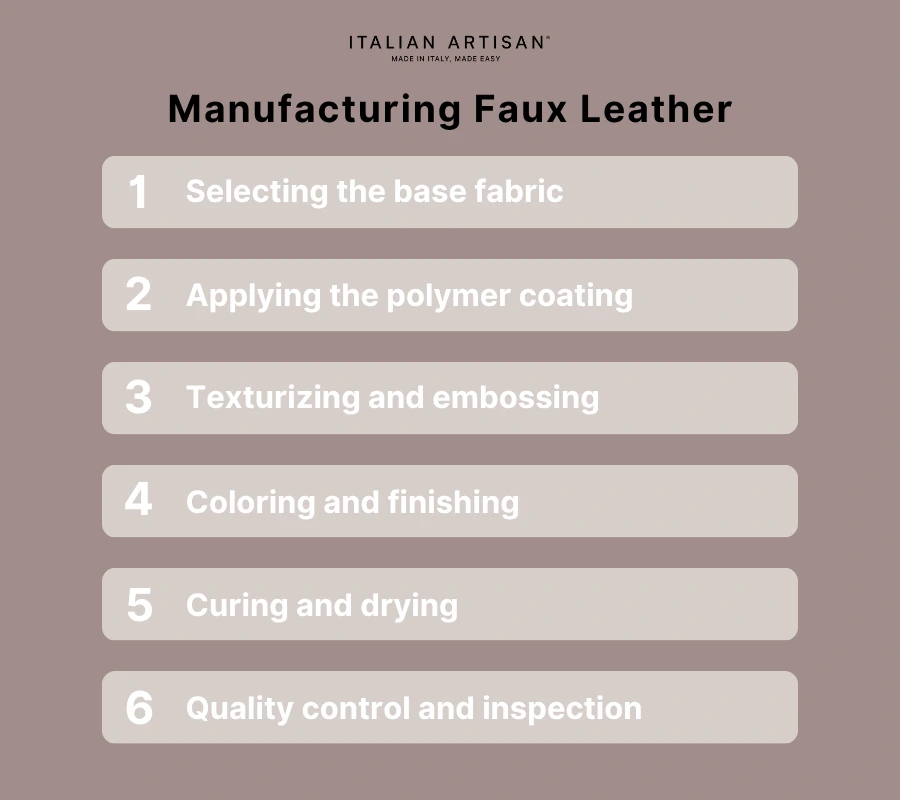
Produce your fashion collection with us
Common Uses in Fashion
Faux leather fabric has become a staple material in the fashion industry thanks to its versatility, stylish appearance, and ethical appeal. Designers and brands worldwide increasingly incorporate faux leather into their collections to meet consumer demand for cruelty-free and affordable alternatives to genuine leather. Some of the most common uses of faux leather in fashion include:
- Apparel: Faux leather is widely used for jackets, skirts, pants, and dresses. Its sleek, polished look adds an edgy or sophisticated touch to outfits, while the material’s durability and water resistance make it practical for outerwear and everyday wear.
- Footwear: Many shoes, from boots to sneakers and sandals, feature faux leather uppers. This material provides a leather-like finish without the high cost, allowing for fashionable yet budget-friendly footwear options.
- Accessories: Faux leather is popular in handbags, wallets, belts, and watch straps. The material’s ability to be produced in numerous colors and textures offers designers creative freedom to craft trendy and personalized accessories.
- Activewear and Streetwear: Due to advancements in softness and flexibility, faux leather has found its way into urban styles and athleisure, offering a fashionable statement piece that balances comfort and style.
- Sustainable Fashion: Increasingly, faux leather is embraced by brands committed to sustainability and vegan principles. Innovative eco-friendly faux leather variants are featured in capsule collections and limited-edition runs that appeal to conscious consumers.
- Costume and Performance Wear: Its affordability and visual impact make faux leather ideal for theatrical costumes, cosplay, and performance outfits where dramatic aesthetics are key.

Understanding the Environmental Impact of Faux Leather
As consumer awareness around sustainability grows, understanding the environmental impact of faux leather fabric is essential for making informed choices. While faux leather is often promoted as a more ethical alternative to genuine leather—since it avoids animal use—its environmental footprint is complex and depends on the materials and manufacturing processes involved.
- Synthetic Polymer Base: Most faux leather is made using polyurethane (PU) or polyvinyl chloride (PVC), both derived from fossil fuels. The extraction and processing of these materials contribute to greenhouse gas emissions and resource depletion.
- Manufacturing Emissions and Waste: Producing faux leather involves chemical coatings and solvents that can generate pollution if not managed properly. However, many manufacturers now implement cleaner technologies, such as water-based PU coatings, to reduce harmful emissions.
- Durability and Lifespan: Faux leather’s durability and water resistance can extend product life, reducing the need for frequent replacement compared to some natural fabrics. This longevity can mitigate some environmental costs over time.
- End-of-Life Considerations: Unlike natural leather, which is biodegradable, traditional faux leather tends to be less biodegradable and can contribute to microplastic pollution if improperly disposed of. However, innovations in biodegradable and recycled faux leather options are emerging.
- Comparative Perspective: Genuine leather production has its own environmental challenges, including intensive water use, land degradation, and toxic tanning chemicals. In this light, faux leather can offer a lower-impact alternative, especially when produced with sustainable practices.
- Innovations in Eco-Friendly Faux Leather: Newer developments focus on bio-based and plant-derived faux leathers—made from materials like mushroom mycelium, pineapple leaves (Piñatex), or apple peels—that aim to combine the look of leather with a reduced environmental footprint.
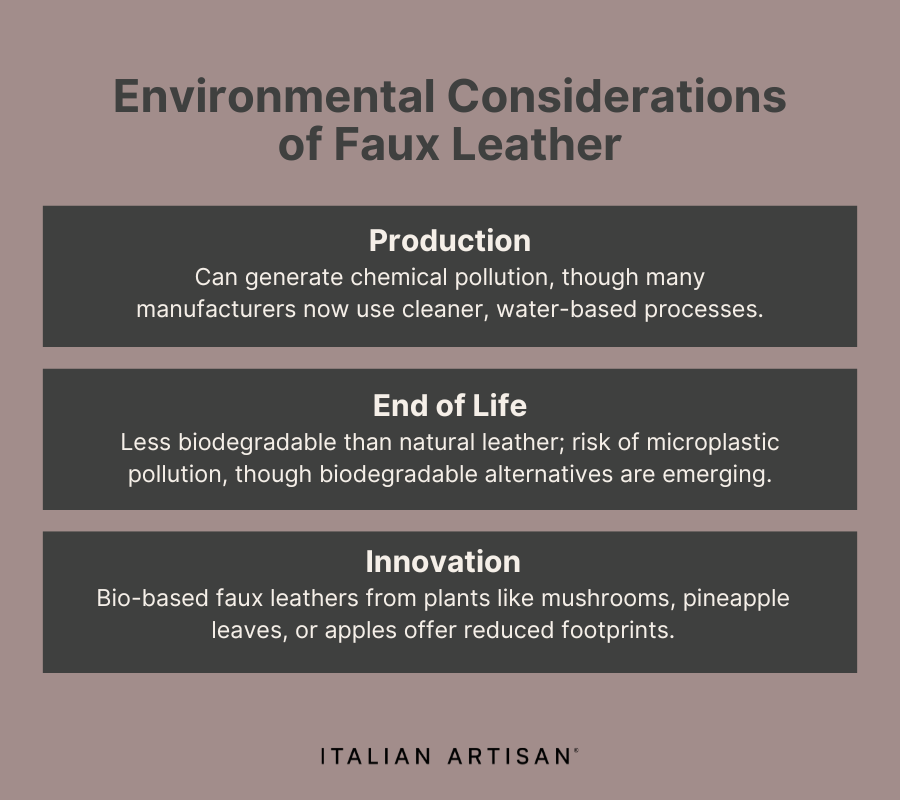
Exploring Price Points and Value for Money
One of the key reasons faux leather fabric has gained widespread popularity is its attractive price point compared to genuine leather and other high-end materials. Understanding the costs involved and the value it delivers can help consumers and businesses make smarter purchasing decisions.
- Affordable Alternative: Faux leather is generally much less expensive than genuine leather because it avoids the costly processes of animal rearing, tanning, and finishing. This affordability makes it accessible for a wide range of products, from fashion items to upholstery.
- Range of Quality and Pricing: Faux leather is available in a broad spectrum of qualities and price ranges, influenced by factors like the type of polymer used (PU tends to be pricier than PVC), manufacturing techniques, and additional finishes (such as embossing or water resistance). High-end faux leathers can sometimes approach the price of lower-grade genuine leather but often offer advantages in consistency and maintenance.
- Cost vs. Durability: While cheaper faux leather options may wear out faster and risk cracking or peeling, investing in premium faux leather can yield durable products that rival genuine leather in longevity. This balance of cost and durability is crucial when evaluating overall value.
- Maintenance Savings: Faux leather’s ease of cleaning and resistance to stains and water often translate into lower maintenance costs and longer usable life, enhancing its value for money.
- Sustainability and Ethical Value: For many consumers, the ethical benefits—being animal-free and often more environmentally conscious—add intangible value that complements the financial savings.
- Market Trends: Brands leverage faux leather’s cost-effectiveness to offer stylish, leather-like products at competitive prices, appealing to younger, eco-conscious buyers who prioritize both fashion and affordability.
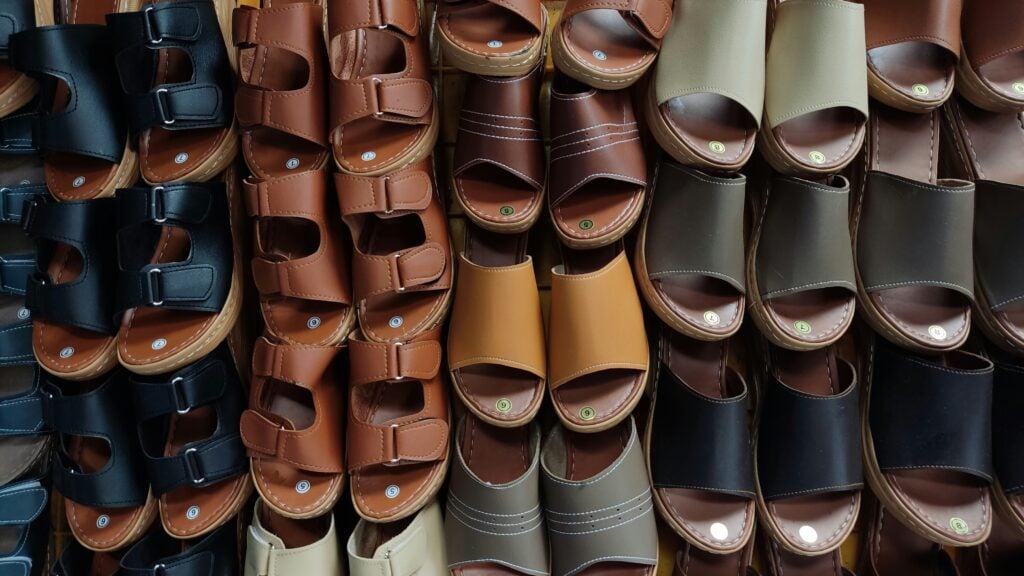
Conclusion
Faux leather fabric is a versatile, ethical, and affordable alternative to genuine leather, offering a stylish look without using animal hides. Its durability, ease of maintenance, and wide range of applications make it popular in fashion and beyond. While environmental concerns exist due to its synthetic base, ongoing innovations in eco-friendly and bio-based faux leather are improving its sustainability. Overall, faux leather strikes a smart balance between style, ethics, and value, making it a compelling choice for modern consumers and designers alike.
FAQs
1. What is faux leather?
Faux leather is a synthetic material made to look and feel like real leather but without using animal skin.
2. How is faux leather fabric made?
It’s made by coating a fabric like polyester with a plastic layer such as polyurethane (PU) or PVC to create a leather-like surface.
3. Why choose faux leather over real leather?
Because it’s cheaper, animal-friendly, easier to clean, and often more water-resistant than real leather.
4. What are the main faux leather properties?
Faux leather is durable, water-resistant, flexible, and comes in many colors and textures.
5. Who uses faux leather fabric?
Fashion brands, furniture makers, and accessory designers often use faux leather for ethical and cost reasons.
6. Where can I buy high-quality faux leather?
You can find it in fabric stores, online shops, or through manufacturers specializing in synthetic materials.
7. Will faux leather last as long as real leather?
High-quality faux leather can last a long time but usually not as long as genuine leather.
8. How can I care for faux leather fabric?
Clean it with a damp cloth and mild soap; avoid harsh chemicals and direct sunlight.
9. What is faux leather composition made of?
Mostly a textile base like polyester covered with synthetic plastics such as PU or PVC.
10. Why is faux leather better for the environment?
It doesn’t involve animal farming, which reduces animal harm and some pollution, though it still uses plastics.
